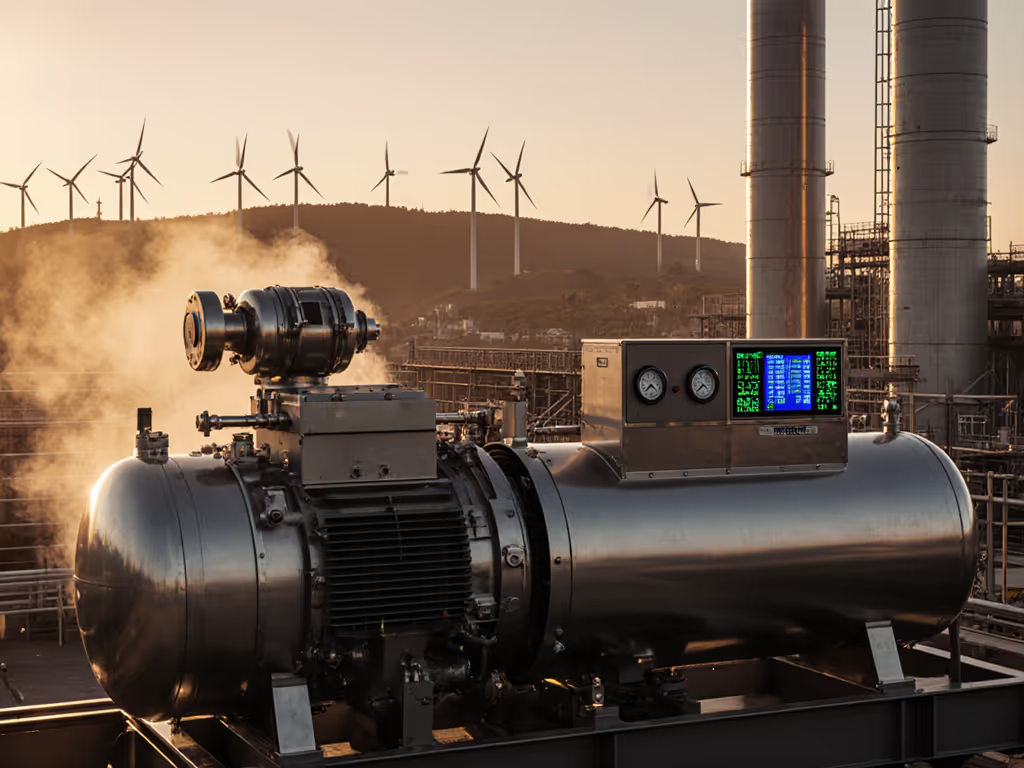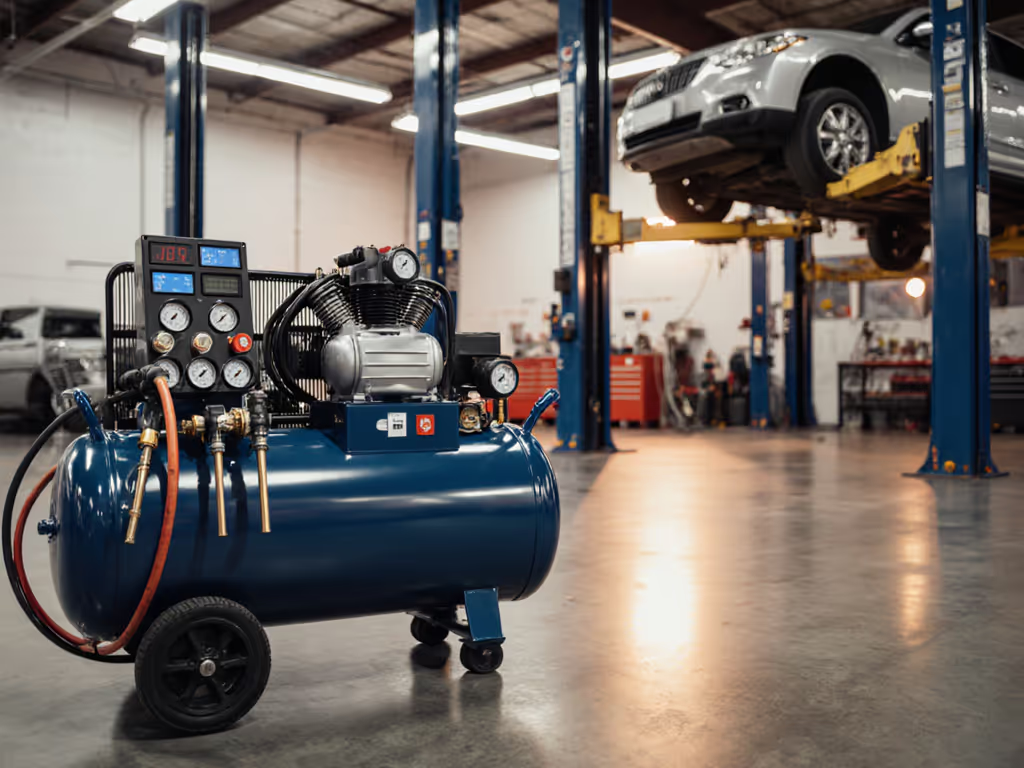
Air Compressor TCO Analysis: 10-Year Cost Breakdown
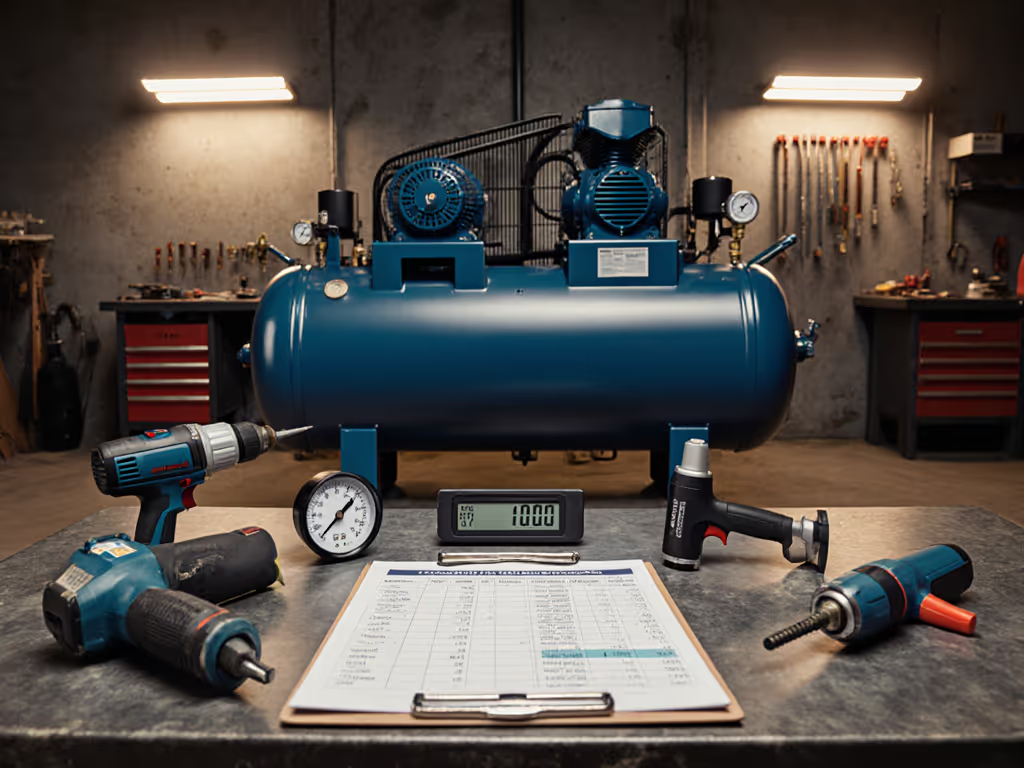
When you're sizing up an air compressor TCO analysis for your finishing operation, that purchase price tag tells only 10% of the story. The true measure lies in your total cost of ownership compressor evaluation, factoring in every drop of energy, every minute of downtime, and every cubic foot of contaminated air that hits your spray gun. For shops chasing glass-smooth finishes, TCO isn't accounting jargon; it's the difference between consistent quality and constant firefighting. I've watched too many body shops blow budgets chasing cheap compressors, only to drown in hidden costs that sabotage their finish quality.
Clean, dry, stable air makes finishes look inevitable.
The Real Cost Structure Every Finisher Must Understand
Why Your Compressor Purchase Price is Misleading
That "affordable" $2,500 compressor may actually cost you $15,000 over ten years. Industry data consistently shows that energy consumption dominates 65-90% of compressed air system costs. For a deeper look at how drive technology cuts energy costs while stabilizing pressure, see our VSD vs fixed-speed comparison. The U.S. Department of Energy confirms that inefficient systems waste 20-30% through leaks and poor regulation alone. But here's what manufacturers won't highlight in brochures: your finish quality suffers first when pressure drops at the tool or moisture contaminates your lines.
Breaking Down the True TCO Components
| Cost Category | Percentage of TCO | Real-World Impact on Finishing |
|---|---|---|
| Energy Consumption | 70-80% | Directly affects PSI stability at gun; 10% pressure drop = 25% longer drying times |
| Maintenance Expenses | 8-12% | Filter changes, oil changes, moisture removal directly impact air quality |
| Downtime Costs | 7-10% | Production stops when pumps overheat or moisture ruins a paint job |
| Purchase Price | 5-10% | Only significant if comparing mismatched capacity systems |
When I consult with shops, I start by measuring their real pressure at the tool, not the tank gauge. One collision shop I worked with had 100 PSI at their 60-gallon tank, but only 28 PSI at the spray gun trigger due to undersized hose and wet lines. That pressure drop wasn't just wasting energy, it was causing orange peel that sent 90% of their panels to rework. The fix wasn't a new compressor; it was proper air treatment and regulation at the tool.
Conducting Your Own Air Compressor TCO Analysis: Step-by-Step
Step 1: Calculate Your Baseline Energy Consumption
Most shops skip this critical step and pay for it for a decade. Here's how to calculate your true power cost:
- Determine compressor horsepower (HP) and motor efficiency (check nameplate, don't trust marketing HP claims)
- Record actual operating hours per year (monitors often show 30-40% less runtime than assumed)
- Calculate kilowatts: (HP × 0.746) ÷ motor efficiency
- Multiply by hours and your facility's kWh rate
Example: A "5 HP" compressor running 1,500 hours/year at $0.12/kWh with 80% efficient motor actually draws 6.2 kW × 1,500 × $0.12 = $1,116 annually.
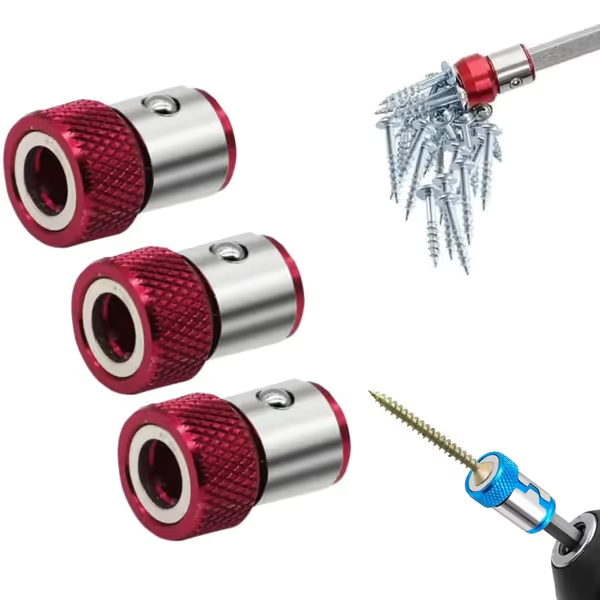
Screwdriver Head Magnetic Ring (3, Red)
Step 2: Quantify Your Hidden Maintenance Expenses
Maintenance costs aren't just filter changes, they're the silent killers of finish quality. Track these often-overlooked expenses:
- Filtration costs: Budget $0.02-$0.05 per 1,000 gallons of air filtered
- Drying expenses: Desiccant dryers consume 15-20% of system CFM; refrigerated dryers add 10-15% electrical load
- Moisture damage: One fish-eye repair costs $50-$150 in labor and materials
- Hose replacement: Every 18-24 months for 3/8" ID hose under constant use
I specify a four-stage filtration train for critical finishing applications:
- Coalescing filter (1 micron) at compressor discharge
- Particulate filter (0.01 micron) after air dryer
- Regulator with gauge at tool inlet
- Inline filter (0.01 micron) immediately before spray gun
Each stage adds minimal cost but prevents catastrophic finish failures. At one shop, upgrading from a single 5-micron filter to this four-stage system reduced paint rejects by 87%, a $12,000 annual savings on a $1,200 investment.
Step 3: Assess Your Downtime Impact Analysis
Downtime costs rarely appear in spreadsheets but hit your bottom line hardest. Calculate your true downtime impact:
- Lost production rate: Hourly shop rate × hours down
- Rework costs: Labor + materials for fixing moisture-contaminated finishes
- Opportunity cost: Projects delayed while waiting for compressor recovery
A mobile detailer I advised was losing 45 minutes per day waiting for his compressor to recover between interior detailing jobs. That 7.5 hours weekly downtime cost him $1,800 monthly in lost billable hours. The solution wasn't a larger compressor, it was optimizing his air consumption with regulators at each tool and a 20-gallon remote receiver tank. His ROI came in 8 weeks.
Step 4: Project Your 10-Year Cost Streams
Create a comprehensive ten-year projection with these realistic assumptions:
| Cost Factor | Conservative Estimate | Aggressive Estimate |
|---|---|---|
| Annual energy cost increase | 3% | 5% |
| Filter replacement frequency | 2x/year | 4x/year (high humidity) |
| Downtime events | 12/year | 25/year |
| Maintenance labor | $75/hour | $85/hour |
Never trust manufacturer claims about "maintenance-free" systems. Even oil-free compressors require periodic valve replacements and cooling system maintenance. Document everything. You'll need these records when comparing upgrade options at year 5 or 7.
Optimizing Your Compressor System for Maximum Value
Critical Pressure Management Mistakes Most Shops Make
Pressure drop kills finish quality and wastes money. Every 1 PSI pressure drop across your system requires 0.5% more energy to compensate. Common culprits:
- Hose restrictions: 50' of 3/8" hose at 10 CFM = 14 PSI drop
- Undersized connectors: 1/4" quick couplings at 15 CFM = 22 PSI drop
- Poor regulator placement: Regulators at tank instead of tool
I mandate regulator-at-tool layouts for all finishing applications. At my last client, moving regulators from the compressor to the spray gun handle:
- Reduced pressure drop from 42 PSI to 8 PSI
- Cut energy consumption by 18% immediately
- Eliminated consistency issues across multiple operators
Filtration and Drying: Your First Line of Defense Against Costly Failures
Don't fall for "good enough" air quality. For paint finishing, you need:
- Dew point: -40°F or lower for critical applications
- Particulate: 0.01 micron or better
- Oil content: <0.01 ppm for waterborne systems
Invest in a desiccant dryer for production environments, refrigerated dryers only get you to 35-38°F dew point, which still causes moisture issues at 50% RH. At 80°F ambient temperature, that leaves 3.2 lbs of water per 100 CFM per day in your lines. All that moisture doesn't just rust tanks, it creates fisheyes that send panels to rework.
Smart Sizing Strategies That Pay Dividends
Most shops oversize by 30-50%, wasting energy on unloaded run time. Follow this sizing protocol for finishing applications:
- Calculate maximum simultaneous tool demand (add CFM at working pressure for each tool)
- Apply 25% safety factor for future growth
- Select compressor with 10-15 PSI higher max pressure than your highest tool requirement
- Add 1-2 gallons of receiver tank per CFM of demand
A painter using a 14.5 CFM HVLP gun at 29 PSI doesn't need a 20 CFM compressor. With proper storage and pressure management, a well-configured 12 CFM unit delivers consistent performance with 35% lower energy costs.
Actionable Implementation Plan for Your Shop
Your 30-Day TCO Optimization Checklist
- Week 1: Measure pressure at tank AND at tool during actual spraying (document PSI drop)
- Week 2: Conduct leak audit, repair all leaks above 1/16"
- Week 3: Install regulators at each tool and verify dew point with hygrometer
- Week 4: Calculate your baseline TCO using the formulas provided above
Critical Investments That Deliver Fast ROI
Rather than replacing your entire compressor (which rarely solves the core problem), focus these high-impact upgrades:
- Install remote receiver tanks at point of use (20-60 gallons) for 30% faster recovery
- Upgrade to 1/2" ID hose for main runs (cuts pressure drop by 75% versus 3/8")
- Add auto-drains to all filter housings (prevents manual drain neglect)
- Implement regulator-at-tool with 1/4" inline filters
At one shop, these four changes cost $2,800 but reduced compressed air costs by $5,200 annually while eliminating finish defects. Their payback period was 6.5 months.
When to Consider a Compressor Replacement
Don't replace your compressor until you've verified:
- Correct sizing (are you truly undersized or just poorly configured?)
- Energy efficiency (is your current unit operating at 80%+ of rated efficiency?)
- Maintenance history (are recurring failures due to age or poor maintenance?)
If replacing, demand verified performance data, not marketing SCFM claims. Insist on CFM measurements at your working pressure (typically 29-40 PSI for finishing) with documented test conditions.
Finish to Spec, Repeatably: Your TCO Commitment
Your air system isn't just equipment, it is the foundation of your finish quality. Shops that treat compressed air as a commodity pay the price in wasted materials, rework time, and damaged reputations. The compressor with the lowest sticker price often delivers the highest total cost of ownership.
Start measuring what matters: pressure at the tool, moisture content, and energy consumption per finished part. Document everything, and you'll transform your air system from a cost center into a competitive advantage. I've seen shops reduce their air-related costs by 40% while improving finish quality simply by understanding and optimizing their TCO.
Take this actionable next step today: Grab your pressure gauge and measure at the compressor tank, along your main line, and crucially, at the spray gun during operation. That single pressure drop measurement will reveal more about your system's true efficiency than any spec sheet. With these numbers in hand, you're ready to calculate your real air compressor TCO analysis and build a system that delivers professional results, shift after shift.
Related Articles

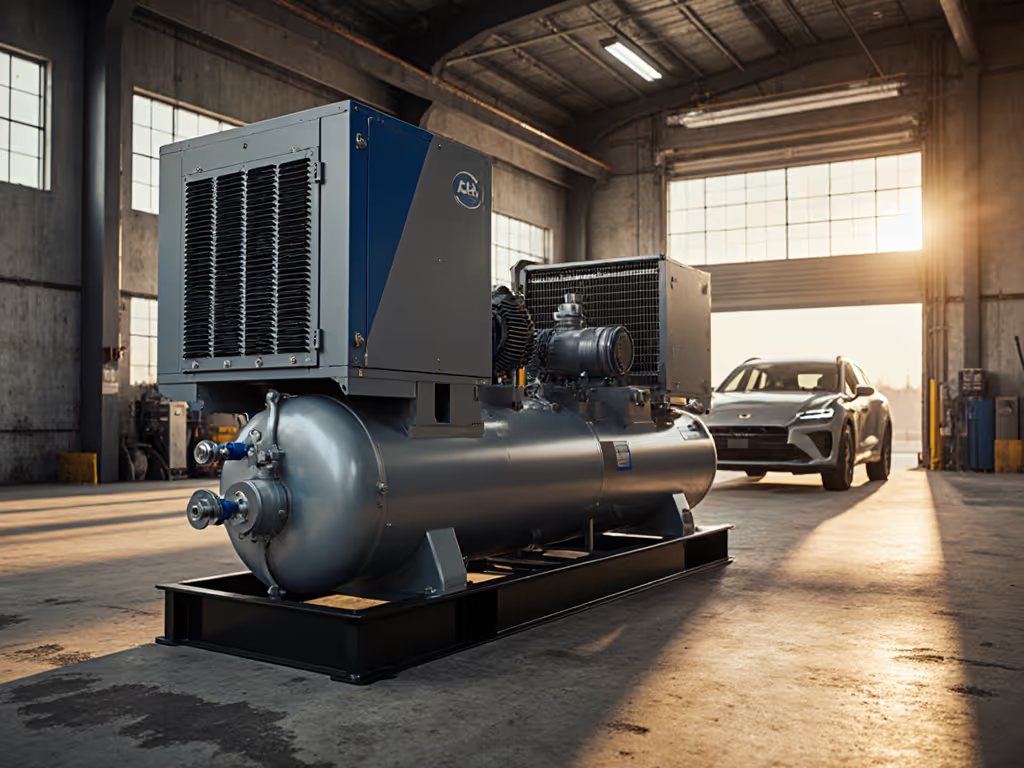
Hydrogen Fueling Compressor ROI: Calculations That Justify Investment
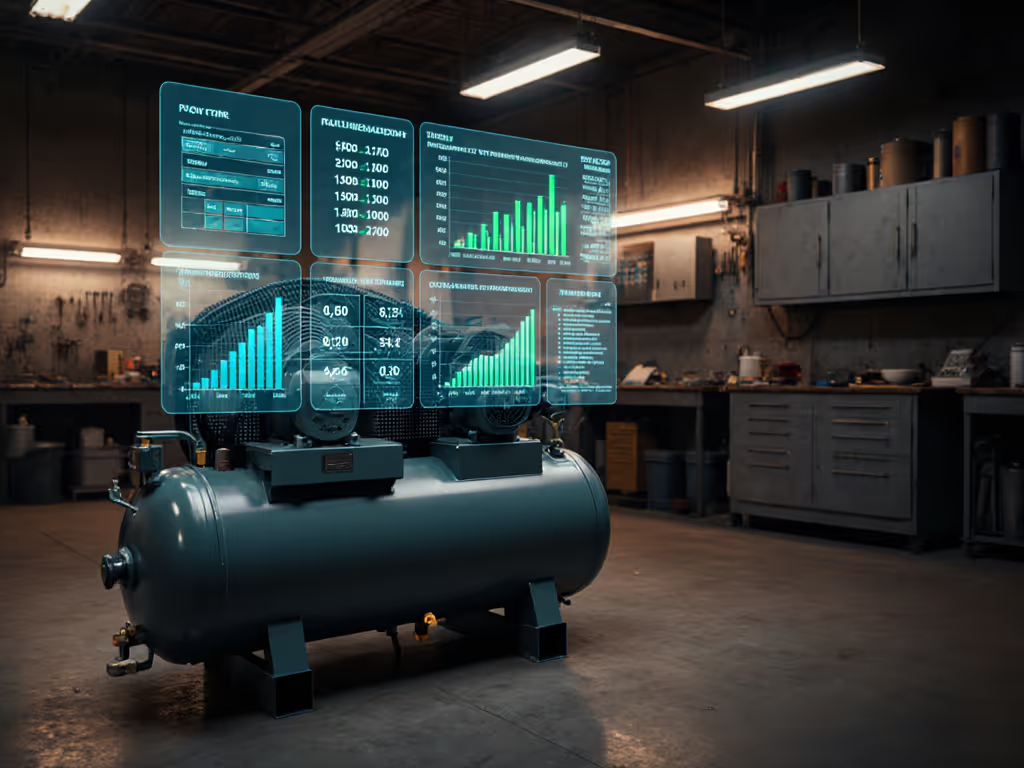
Compressor Digital Twin ROI: Proven 40% Downtime Cut
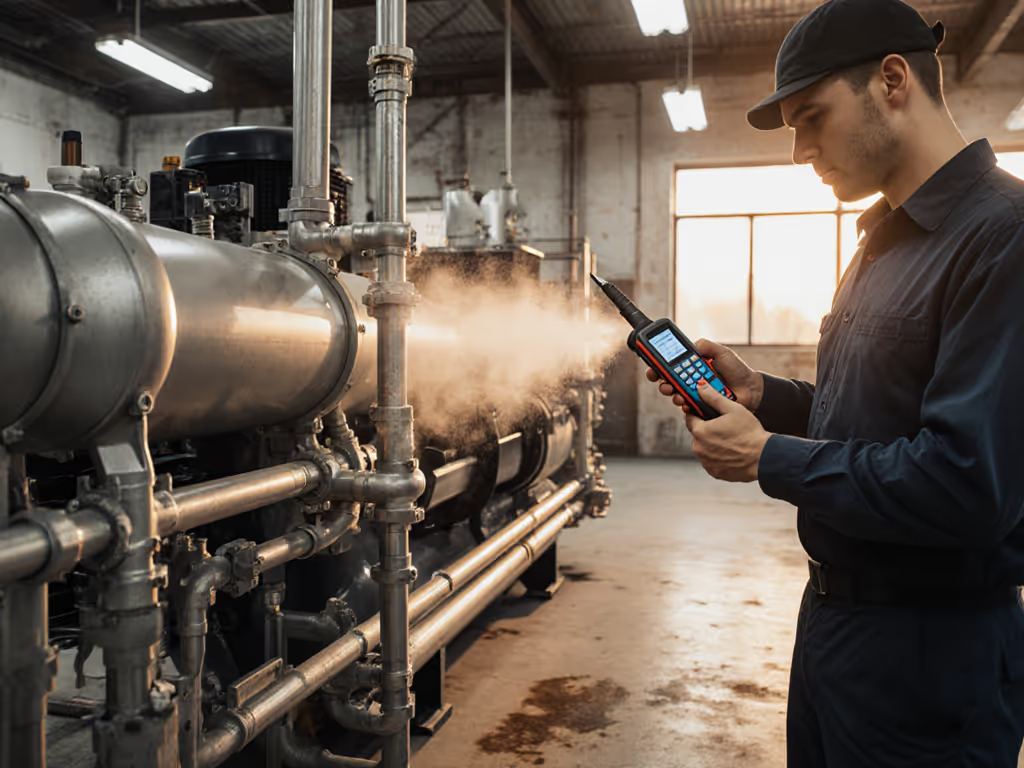
Compressed Air Leak ROI: Recover Costs Under 6 Months
